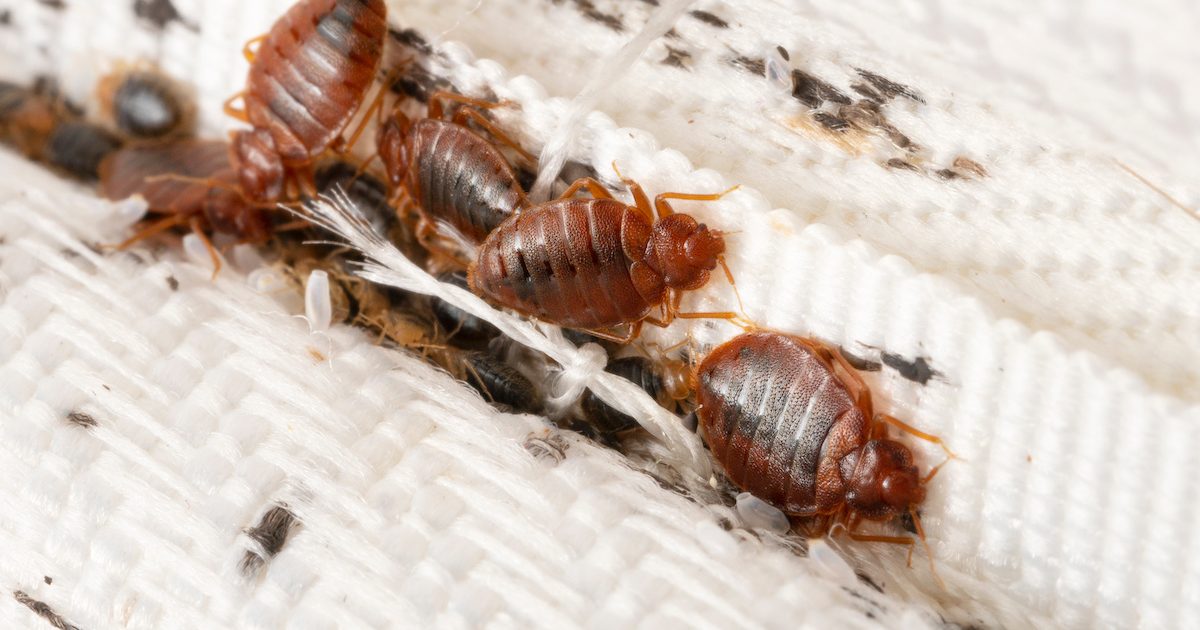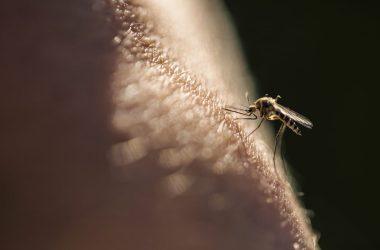Midwestern college students are sharing a common unwelcome housemate in a trend that seems to be on the rise. Bed bugs are crawling from Minnesota to Missouri, ruining what should otherwise be the sleepless, glorious academic years of a lifetime with swarms of itchy, red welts to remember instead. These tenacious pests find no preference between expensive dorms and cheaper off-campus housing, so thousands face a crisis every year.
While other pest issues may arise in single residences, bed bugs move quickly throughout a network of interconnected student housing and cannot be contained without Reliable Pest Solutions professionals breaking the cycle.
Role of Student Housing in Bed Bug Spread
Every Midwest college in student housing is a superhighway for the spread of bed bugs. In a reflection of how swiftly bed bugs can infiltrate college residence halls, the University of Minnesota proved the bed bug problem here to be significant, with complaints up 340% from 2019 to 2023. The constant change of where students are living, going to, and staying creates endless opportunities for bed bugs to hitch a ride on luggage, clothing, and furniture.
As centers for bed bugs, many infected clothes come into contact with laundered clothes in standard laundry facilities in residence halls. Buss explained that when students from various floors and buildings do laundry together in the same washers and dryers, they can unknowingly form a network across campus that facilitates the spread of pests. Then, there are the frequent furniture exchanges characteristic of student digs, via either formal room swaps or informal exchanges between friends, which give bed bugs new turf.
Why Bed Bugs Thrive in Dorms and Off-Campus Apartments
-
High Population Density Creates Ideal Conditions
Especially in Midwest college towns where students all live within a block or two of each other, the smaller living environment creates the high density that bed bugs need to thrive. In residence halls at giant universities like Ohio State and the University of Wisconsin-Madison, hundreds of scholars sleep shut together, separated by walls that allow bed bugs to efficiently migrate from room to room through electrical outlets and plumbing fixtures.
-
Frequent Turnover Prevents Effective Treatment
Combined with the calendar year followed by many colleges, it poses a risk to bedbug control in student homes. Since most lease agreements align with semesters, apartments and dorm rooms see a complete turnover of tenants every couple of months. Pest control data from Illinois college towns indicates that 65 % of student housing bed bug cases are during the first month of a semester, when incoming students are exposed to children uplifted by prior tenants.
-
Limited Resources for Proper Elimination
Students often lack access to money and/or awareness of what is needed to eradicate bed bugs. The furnishings are generally older and require little ongoing upkeep, and thus, they provide the hiding places in which bed bug numbers grow well in the off-campus apartments favoured by college students. Many students attempt to do their own treatments with off-the-shelf sprays and foggers; often, these do not kill entire colonies and can drive bed bugs into new locations in the building!
When Professional Intervention Is the Only Solution
Bed bugs seem to be building a resistance to many of the common pesticides we use to fight them. They have learned how to hide in the tiniest cracks and crevices, making professional treatment necessary in student housing.
Providing services to college students is different from the rest of the population to whom companies like Reliable Pest Solutions cater. They collaborate with property managers to create wide-ranging treatment plans that target full buildings instead of just separate units. Bed bug photographers have technicians who have been trained to find the exact hiding places of these insects in student housing, such as bed frames, upholstered furniture, books, and even electronic devices.







